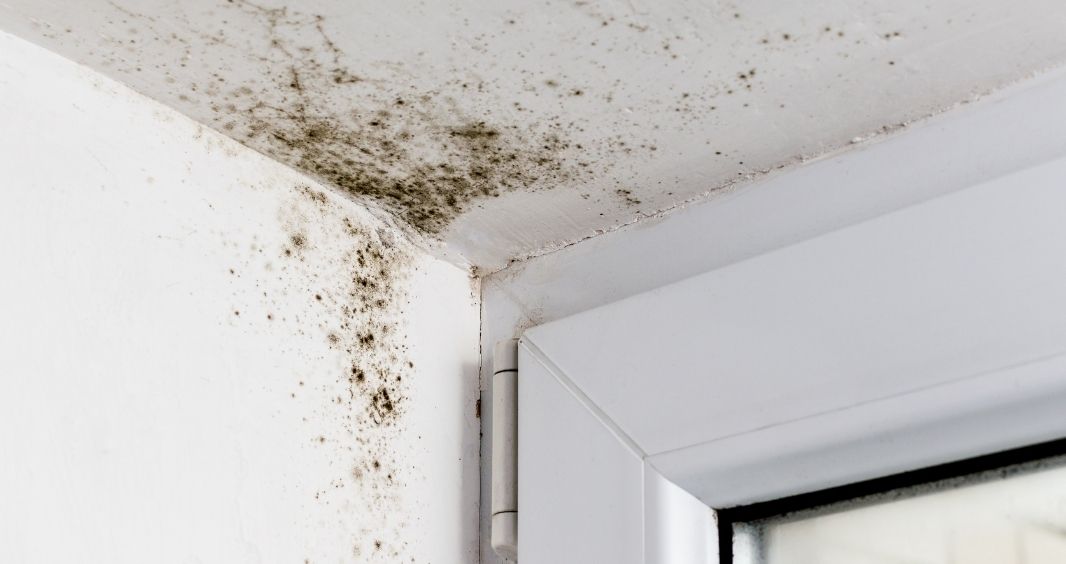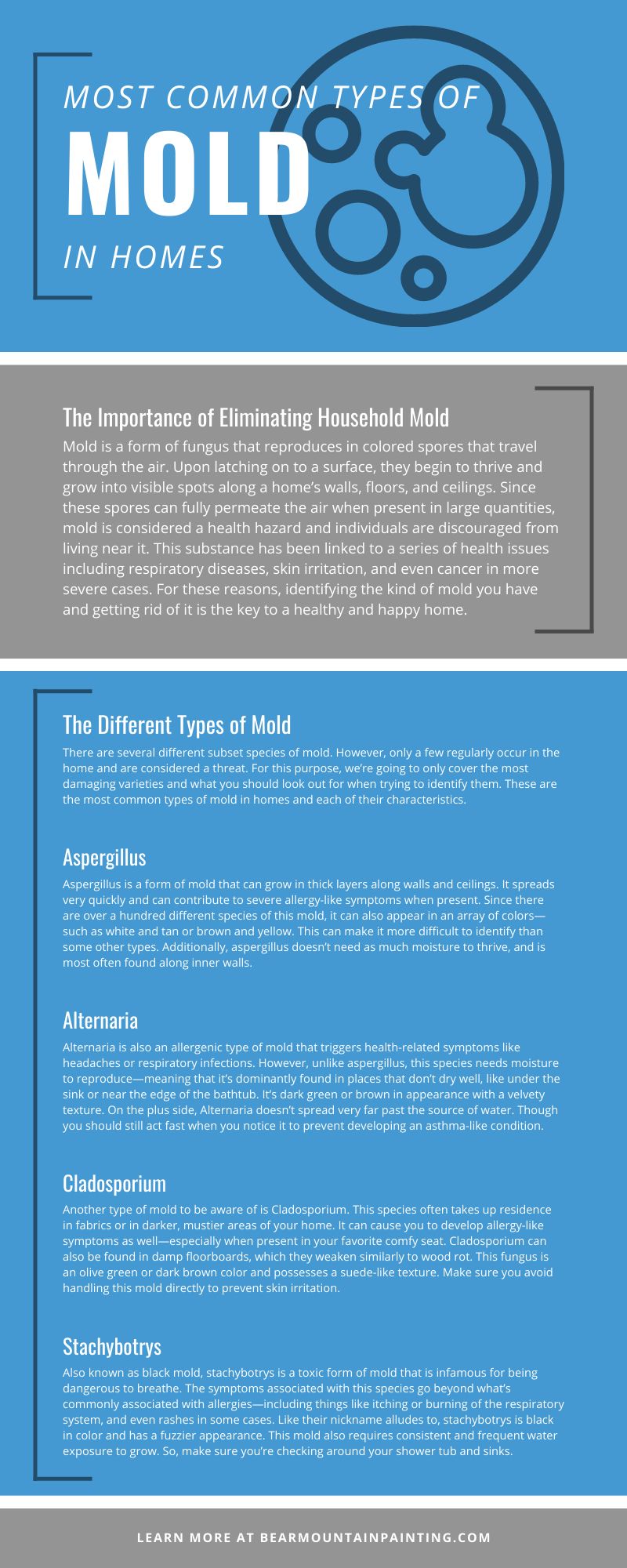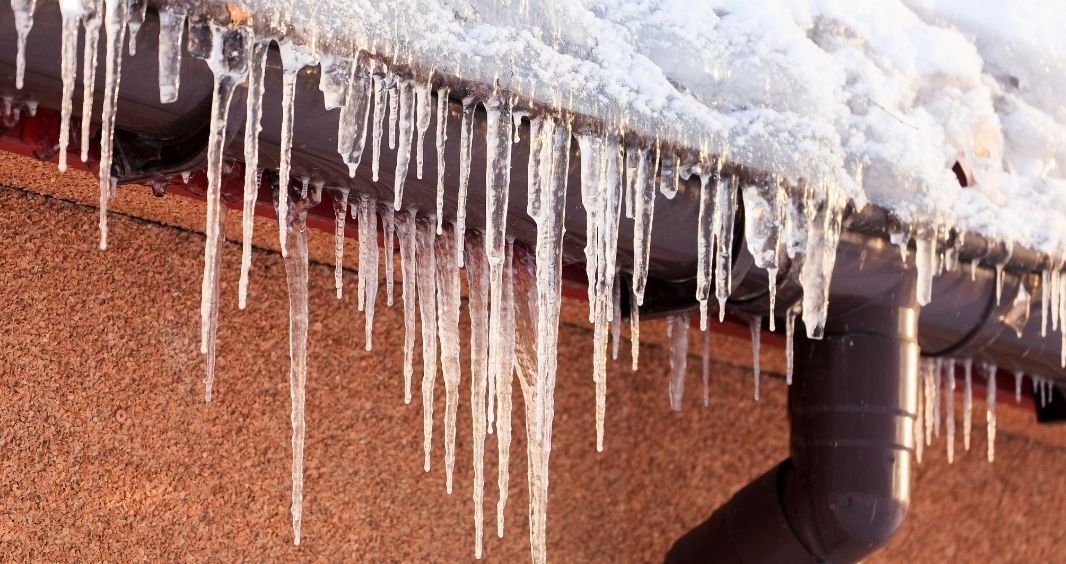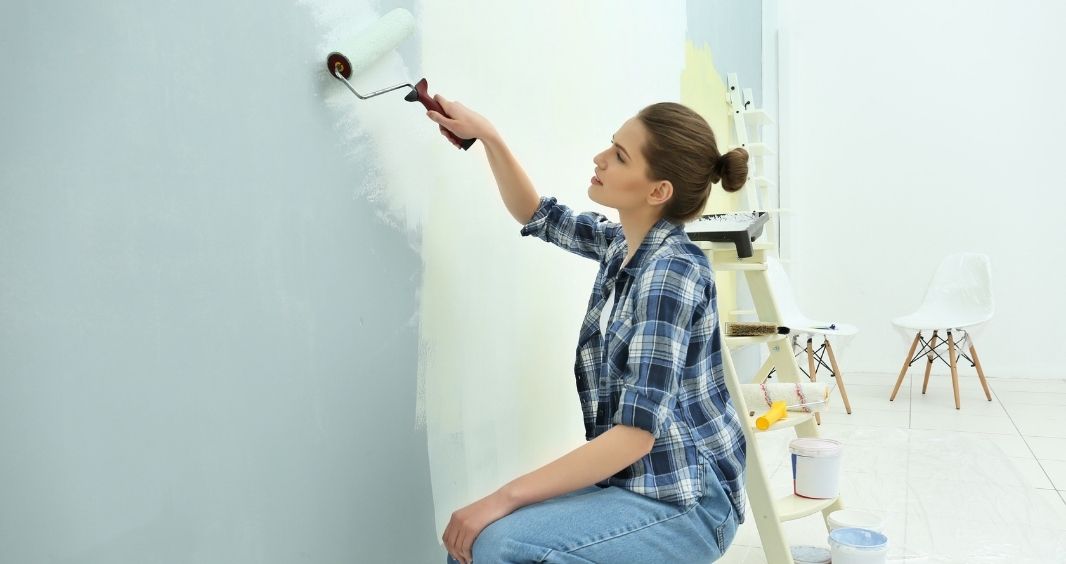
Most Common Types of Mold in Homes
Mold is a frequent problem experienced by homeowners. Not only does it seem to develop out of nowhere, but it also often causes more damage than you realize at the time. Fortunately, by understanding what form of mold you have, it is possible to get rid of it and keep it from coming back for good. These are some of the most common types of mold in homes and how to identify them on your own property.
The Importance of Eliminating Household Mold
Mold is a form of fungus that reproduces in colored spores that travel through the air. Upon latching on to a surface, they begin to thrive and grow into visible spots along a home’s walls, floors, and ceilings. Since these spores can fully permeate the air when present in large quantities, mold is considered a health hazard and individuals are discouraged from living near it. This substance has been linked to a series of health issues including respiratory diseases, skin irritation, and even cancer in more severe cases. For these reasons, identifying the kind of mold you have and getting rid of it is the key to a healthy and happy home.
The Different Types of Mold
There are several different subset species of mold. However, only a few regularly occur in the home and are considered a threat. For this purpose, we’re going to only cover the most damaging varieties and what you should look out for when trying to identify them. These are the most common types of mold in homes and each of their characteristics.
Aspergillus
Aspergillus is a form of mold that can grow in thick layers along walls and ceilings. It spreads very quickly and can contribute to severe allergy-like symptoms when present. Since there are over a hundred different species of this mold, it can also appear in an array of colors—such as white and tan or brown and yellow. This can make it more difficult to identify than some other types. Additionally, aspergillus doesn’t need as much moisture to thrive, and is most often found along inner walls.
Alternaria
Alternaria is also an allergenic type of mold that triggers health-related symptoms like headaches or respiratory infections. However, unlike aspergillus, this species needs moisture to reproduce—meaning that it’s dominantly found in places that don’t dry well, like under the sink or near the edge of the bathtub. It’s dark green or brown in appearance with a velvety texture. On the plus side, Alternaria doesn’t spread very far past the source of water. Though you should still act fast when you notice it to prevent developing an asthma-like condition.
Cladosporium
Another type of mold to be aware of is Cladosporium. This species often takes up residence in fabrics or in darker, mustier areas of your home. It can cause you to develop allergy-like symptoms as well—especially when present in your favorite comfy seat. Cladosporium can also be found in damp floorboards, which they weaken similarly to wood rot. This fungus is an olive green or dark brown color and possesses a suede-like texture. Make sure you avoid handling this mold directly to prevent skin irritation.
Stachybotrys
Also known as black mold, stachybotrys is a toxic form of mold that is infamous for being dangerous to breathe. The symptoms associated with this species go beyond what’s commonly associated with allergies—including things like itching or burning of the respiratory system, and even rashes in some cases. Like their nickname alludes to, stachybotrys is black in color and has a fuzzier appearance. This mold also requires consistent and frequent water exposure to grow. So, make sure you’re checking around your shower tub and sinks.
Tips for Treating and Preventing Mold Growth
Mold isn’t something you want to let grow unhindered. This is why we’ve also compiled a short list of tips to help you get rid of it and keep it gone for good. These are a few things you should keep in mind.
Get the Afflicted Area Removed
When mold has been allowed to grow for a certain period of time, it becomes difficult to remove without taking some of your home along with it. Eventually, these substances can seep into the cracks of your home’s wooden frame and cause some serious structural damage. So, should this happen to you, it’s important that you’re prepared to hire a professional to remove the molded area and replace it with new materials. This will ensure that the area is fully clean and stop any remaining mold nearby to spread further.
Keep Your Home Dry
Next, try to keep your home as dry as possible. Most species of mold thrive in environments that have a continuous supply of moisture. Because of this, you want to do what you can to limit the amount of resting water in certain areas of your home. This is particularly crucial in the bathrooms, kitchens, and basements. Even something as minor as a leaky pipe can spur mold growth. As such, taking the time to perform routine inspections now can make all the difference later on.
Clean Damp Surfaces Regularly
You’ll also want to get into the habit of cleaning mold hot zones. These spores can only take root and grow if you allow them the time and resources to. For this reason, keeping these areas clean and dry is a great way to prevent your problem from returning. Make sure you wipe down and disinfect your shower at least once a week. This will remove any spores from its surface and stop them before they can reproduce. You should also clean your kitchen regularly for the same purpose.
At Bear Mountain Custom Painting, we understand how serious of an issue mold can be in a person’s home. In fact, we’ve seen many of our clients suffer structural damage as a result of mold spores and eventual wood rot. This is why our team of experienced carpenters in Cumming, GA seeks to help you fix these broken-down areas and bring back the home you first fell in love with. From rotten wood replacement to window repair in Cumming, we can help remove weakened material and improve the health of your environment. Don’t be afraid to give us a call for more information about our services.






